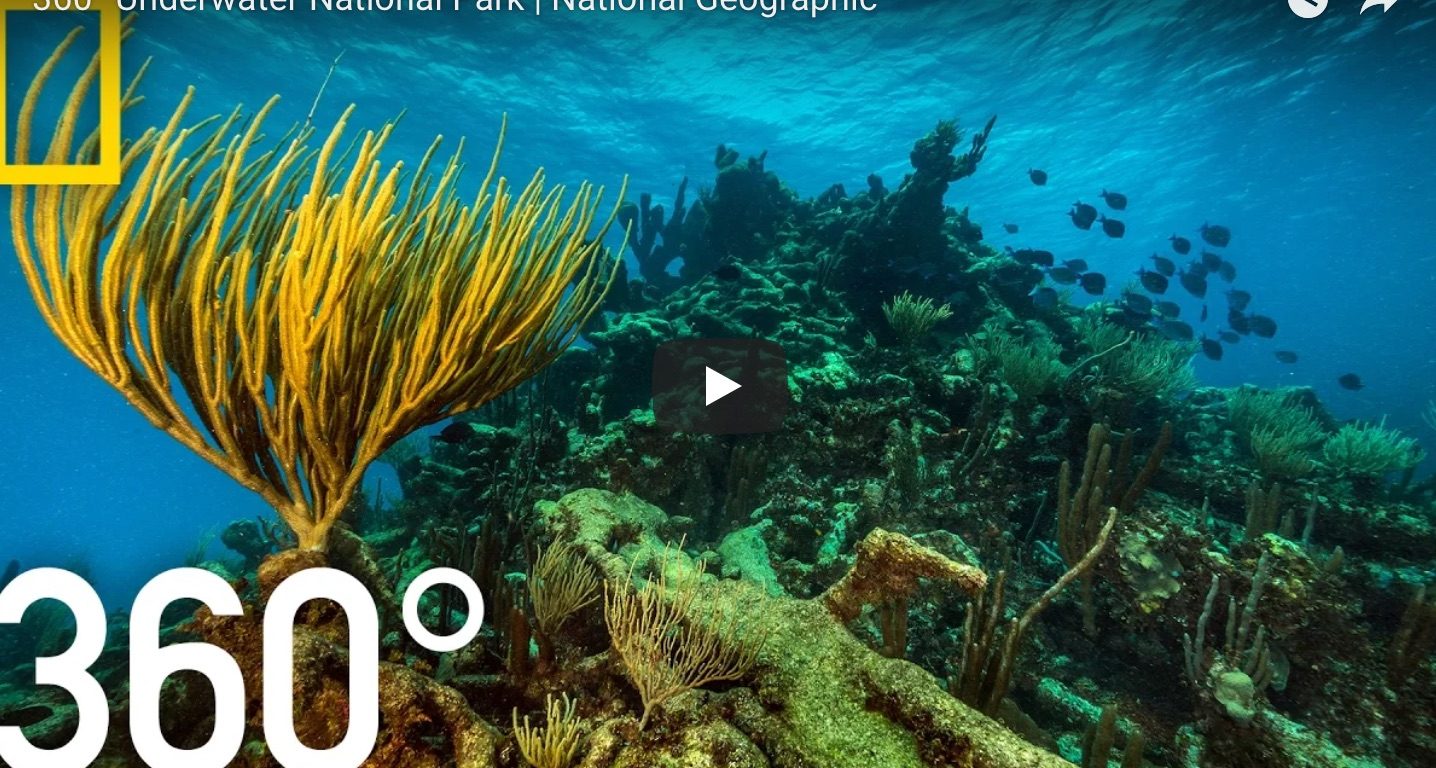It’s been nearly three years since YouTube launched support for 360 degree video, and during that time the technology has taken off. Whether used for virtual reality or simply “click-and-drag” playback, 360 video has offered new possibilities to content creators and immersive viewing to audiences. Case in point: the National Geographic short below. Do yourself a favor and make this video full screen – then use your mouse to “look around” during the vignette by dragging the image (you might also use a device like Google Cardboard if you own one). If playback freezes, use the gear icon in the bottom right corner of your YouTube frame to decrease video quality.
The fundamentals of storytelling remain unchanged by 360 recording. Shot composition remains largely unchanged as well. However, editing platforms have been required to keep up with the evolving tech. Whereas proprietary software was once needed to handle the new format, most footage can now be edited directly in Adobe Premiere. Plugins and some additional knowledge may be required. For anyone interested in digging a little deeper, Adobe offers a behind-the-scenes perspective on 360 editing in this tutorial.
At the Language and Media Centers, we’ve received some challenging questions as 360 becomes an increasingly accessible recording option. It’s an exciting technology, and we welcome you to reach out if you have a project that could make use of it (lmc@swarthmore.edu). We’ll be happy to learn with you.

